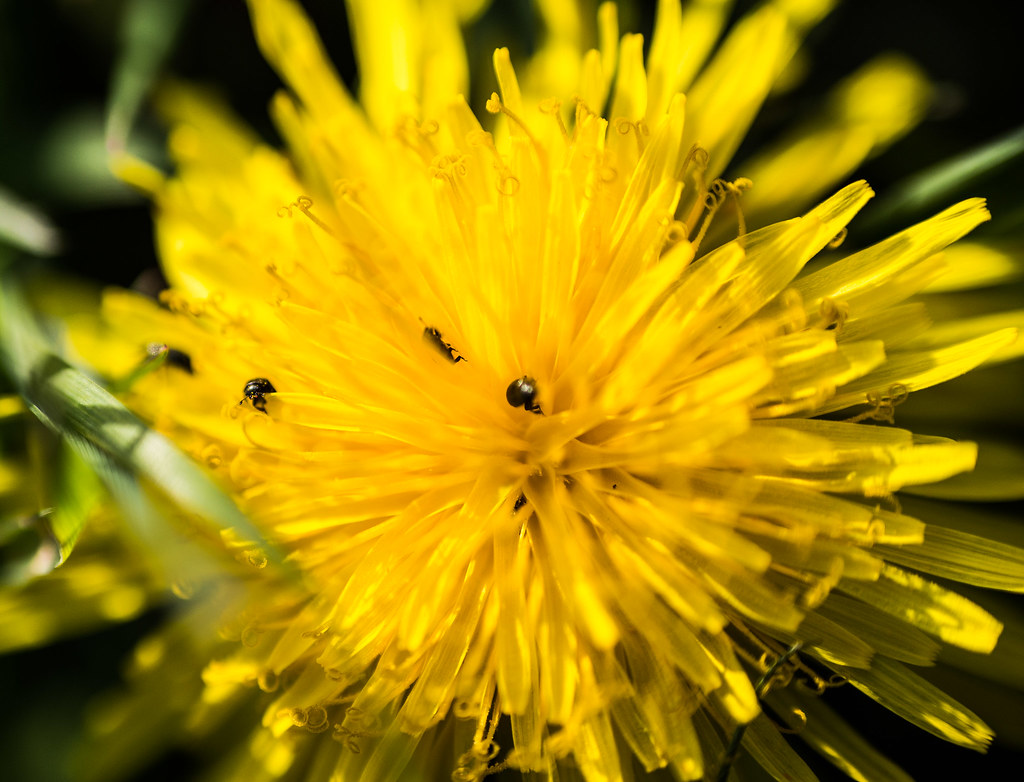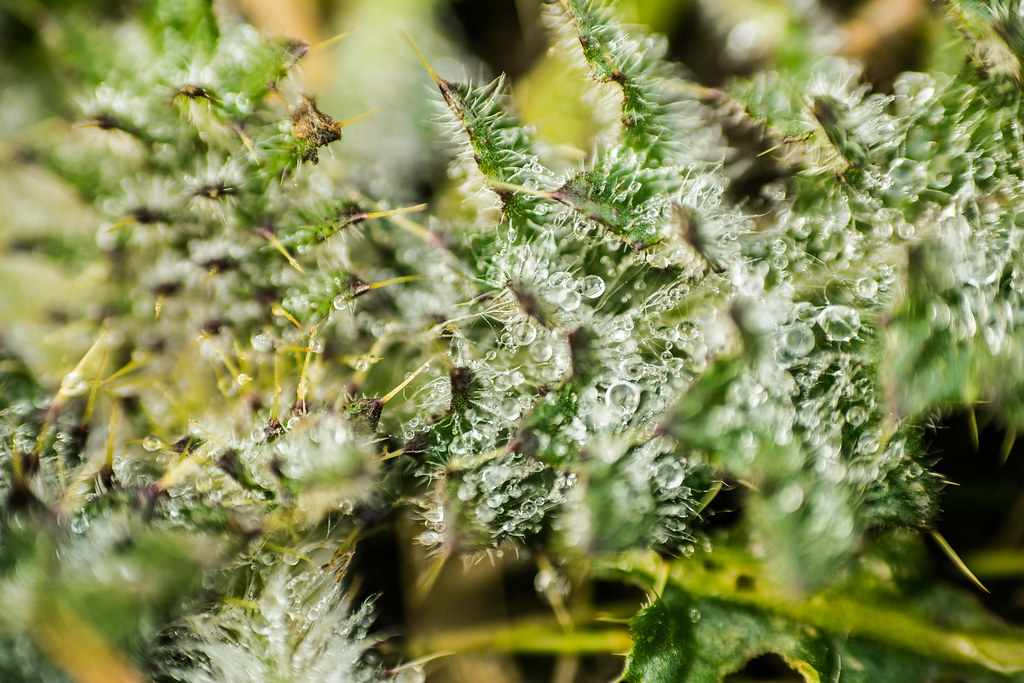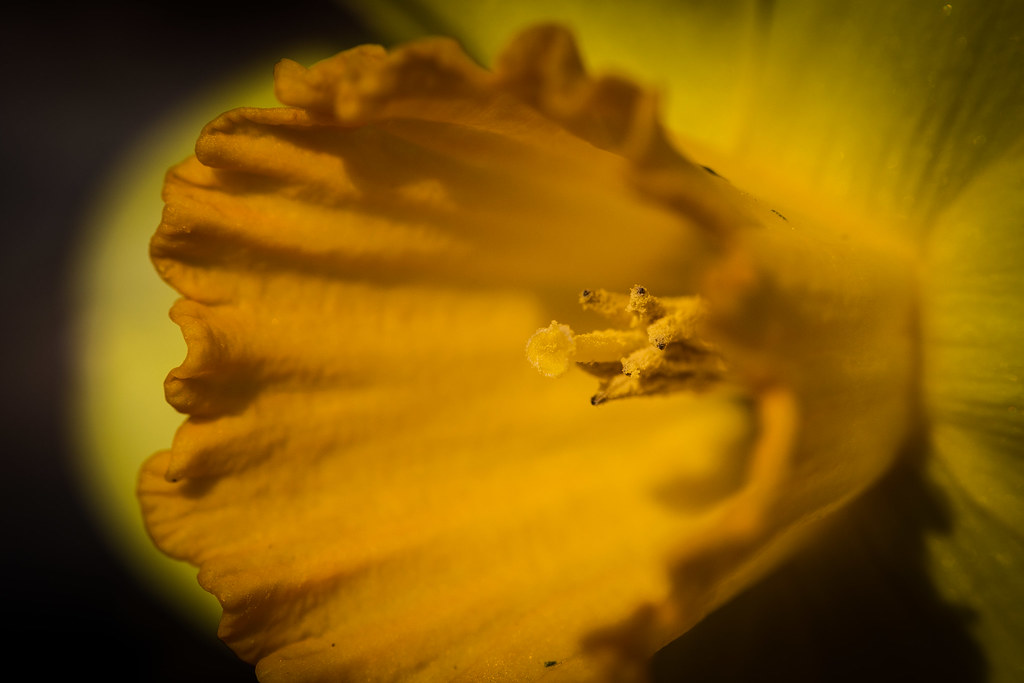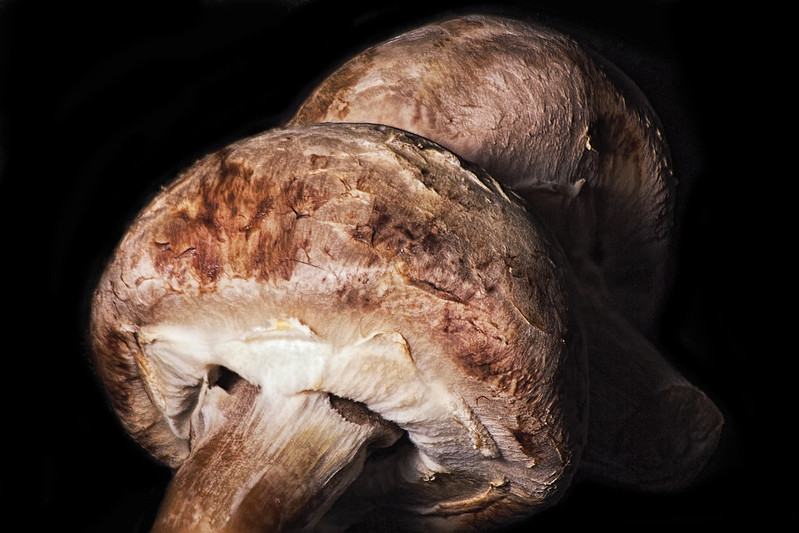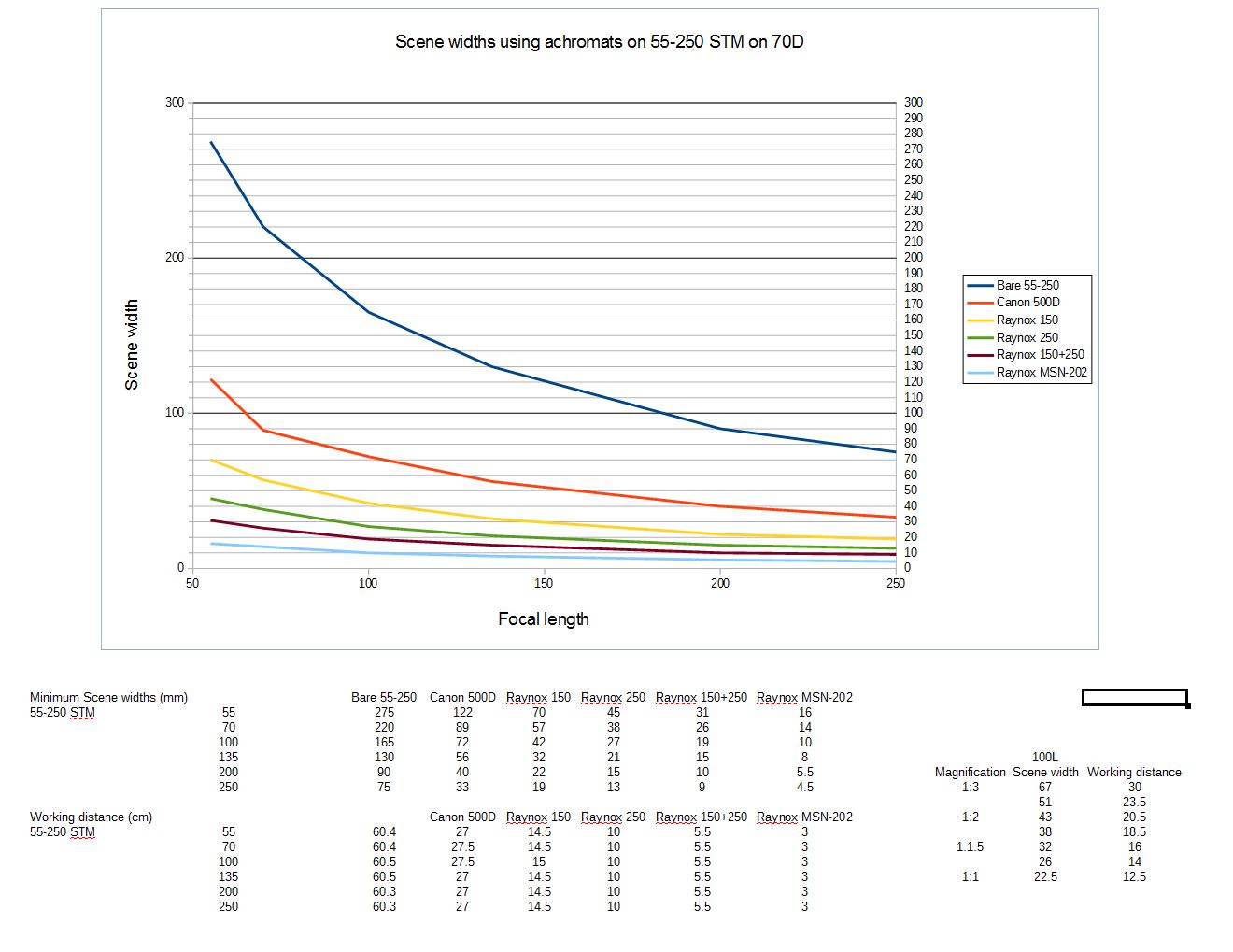- Messages
- 148
- Name
- Rob
- Edit My Images
- Yes
Evening
I loved doing close up photos on my bridge camera and would like to develop that more with my 600d. As I only have the 2 kit lenses at the moment and need to master how to use these before I shell out a small fortune on more lenses, I have found a Raynox DCR-250 that is clipped onto the end of the lens and takes brat close up shots.
I have seen a thread on here with photos that people have posted, but what are peoples opinions on it and its capabilities on an 18-55mm kit lens?
Thanks
I loved doing close up photos on my bridge camera and would like to develop that more with my 600d. As I only have the 2 kit lenses at the moment and need to master how to use these before I shell out a small fortune on more lenses, I have found a Raynox DCR-250 that is clipped onto the end of the lens and takes brat close up shots.
I have seen a thread on here with photos that people have posted, but what are peoples opinions on it and its capabilities on an 18-55mm kit lens?
Thanks


